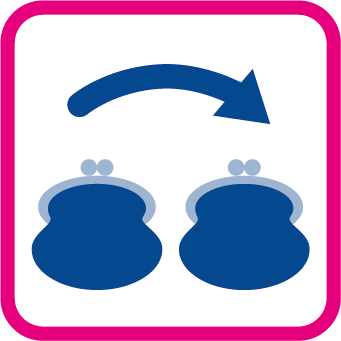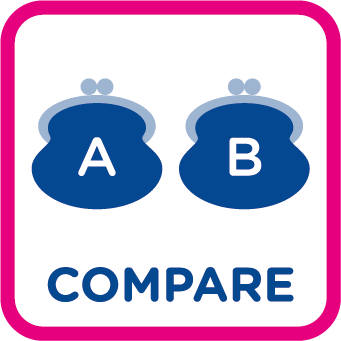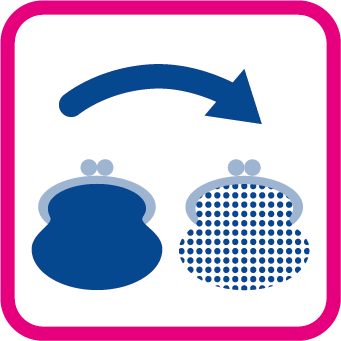
What are your options?

Transferring your pension
If you change jobs, you will often change pension schemes as well. You can opt to transfer the pension that you have already accrued to your new pension fund. This is known as ‘value transfer’.
It is hard to assess whether value transfer is favourable for you. If you opt for value transfer, the pension built up in the past will be converted into a pension under your new pension scheme. Because pension schemes differ, value transfer may affect the amount of your pension. The value of your pension will, however, always remain the same. A financial adviser may assist you in making this choice.
Value transfer has to be arranged through your new pension fund. You will have to file a request for value transfer with that fund. Subsequently, you will receive a proposal, which sets out how much pension you will receive under the new pension scheme. The value transfer will be initiated only if you agree to the proposal.

Comparing your pension
If you want to compare your pension scheme with another pension scheme, view the pension comparison calculator in layer 3. You will find separate calculators for a comparison with the basic pension scheme (the career average pension scheme) and the top-up pension scheme (the defined contribution scheme).

Exchanging old age pension for partner’s pension
When you retire, you will be able to convert part of your retirement pension into a partner’s pension.
When you retire, you will be able to opt for a different division of your retirement pension and partner’s pension. You could decide to convert your retirement pension into a partner’s pension.
Although this will leave you with a lower retirement pension, your partner will receive a higher partner’s pension if you die. However, certain limits do apply. For example, the partner’s pension may never be higher than your retirement pension.

Exchanging partner’s pension for retirement pension
When you retire, you could choose to convert your partner's pension into a retirement pension.
If your partner has his or her own pension, it may not be necessary to arrange a partner’s pension for him or her. In this situation, you could choose to convert the partner’s pension into a retirement pension. Your retirement pension will then increase, while the partner’s pension will decrease. However, this choice will only be possible if your partner agrees.
If you do not have a partner, the partner’s pension will automatically be converted into a higher retirement pension.

Early retirement
Your pension has been calculated as if you will receive pension from age 68.
You may opt to have the pension commence before you reach age 68, but not later. The pension that you will receive annually will be lower in the event of early retirement. That is logical: after all, you will receive pension for a longer period of time. Your pension will fall by approximately 7% for each year of early retirement. You can have your pension commence at age 60 at the earliest.
The pension fund assumes that you will retire on the date that you receive state pension (AOW). After all, that is the end date of your employment agreement. If you wish to retire at another time, you will have to notify the pension fund thereof yourself. You must also coordinate this with your employer.

Semi-retirement
If you do not wish to stop working entirely, but you do wish to take it easier, then you may opt for semi-retirement.
If you opt for semi-retirement, you will continue working part-time. As a result, you will receive a lower salary. That is why you will have part of your pension commence early. It is up to you to decide when you will stop working altogether and have your pension commence fully.
You are to arrange semi-retirement in consultation with your employer. Subsequently, communicate your preference to the pension fund.

Receiving a higher or lower pension first
Generally, you will receive the same pension amount each month. You can, however, choose to receive a higher pension during the first few years and a lower pension later. For example, if you have not repaid your mortgage or if you do not yet receive state pension. Conversely, you may also choose to receive a lower pension during the first few years and a higher pension later. The lower pension is at least 75% of the higher pension. The amount of the pension may not change after age 72.
